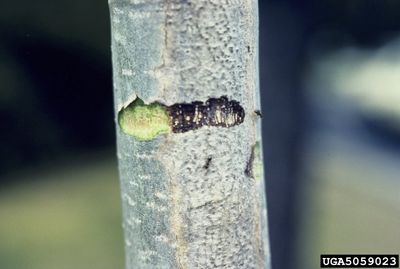What Causes Citrus Sunscald?
Citrus sunburn occurs when soft, vulnerable parts of the tree are exposed to too much intense sunlight. While it also affects fruit and leaves, the problem is the most serious when it reaches the bark, since it cannot be replaced and may never completely heal. Citrus sunburn usually appears as irregularly shaped, brown, raised lesions in spots that are hit by direct sun. As well as being unsightly, these lesions open up a direct pathway for diseases and pathogens to enter the tree. A citrus tree with sunscald may experience rotting fruit, stunted growth, and any number of opportunistic diseases that have found their way in.
How to Prevent Sunscald on Citrus Trees
Unfortunately, there is no good way to treat a citrus tree with sunscald. The only effective method is prevention. Sunscald is at its most dangerous on young trees with more delicate bark. If you are planting new trees and live in a climate with long, hot, extremely sunny days, try planting in a spot that receives some afternoon shade. Always keep your plants as healthy as possible, providing them with the appropriate amount of water and fertilizer. A healthy tree will be better able to survive any problem, including sunscald. Be careful when pruning – air circulation is good, but an ample leaf canopy will naturally protect your tree’s fruit and bark from intense sunlight. Old conventional wisdom recommended painting the trunks of citrus trees with whitewash (1 part white latex paint, 1 part water). While this is an effective form of sunscreen, it can be unsightly and is not practiced as much anymore.
